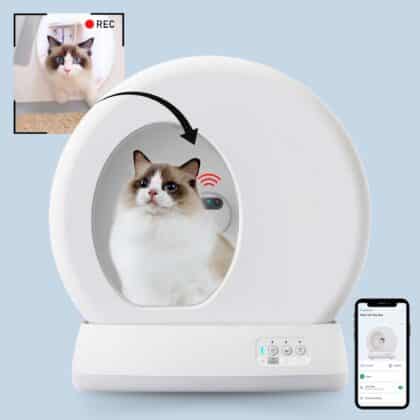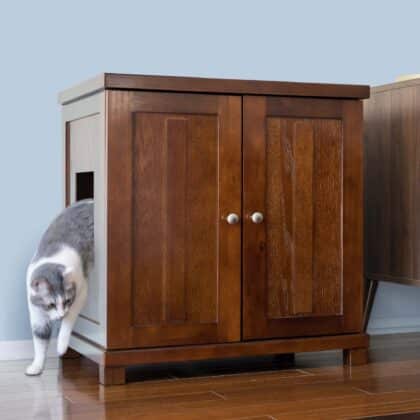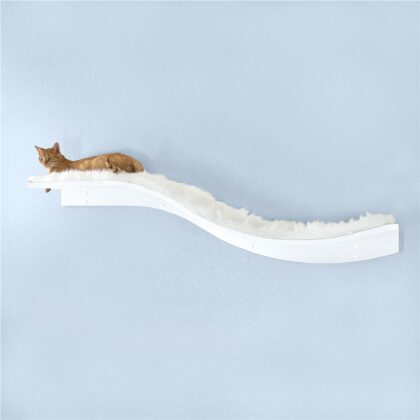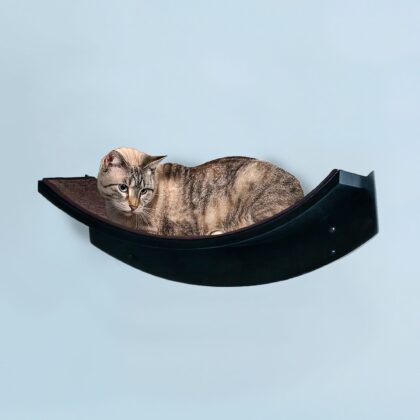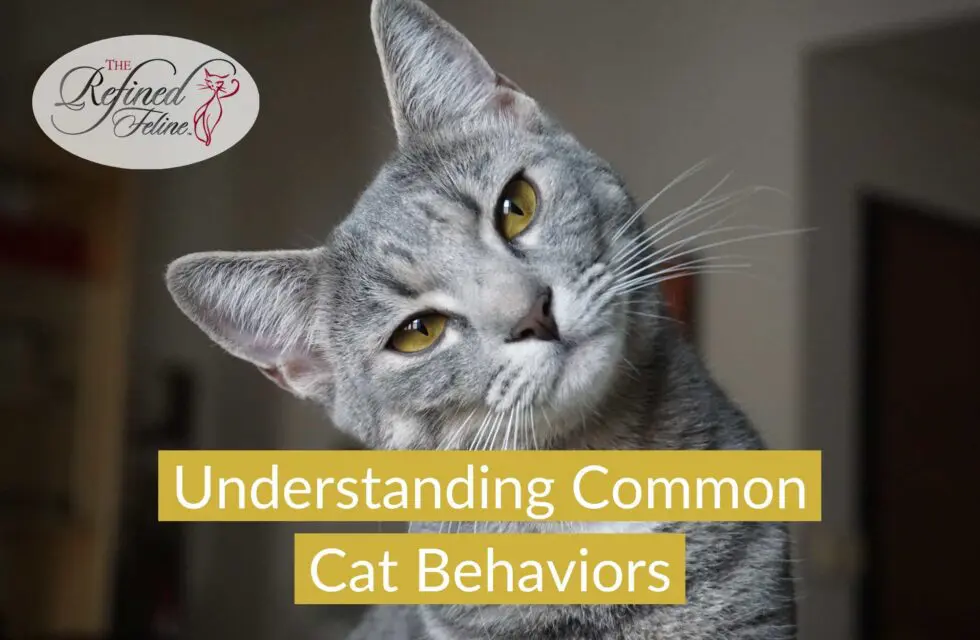
Understanding Common Cat Behaviors
Cats are fascinating creatures, full of quirks, mystery, and charm. Often, they surprise us with behaviors that seem strange or enigmatic. However, understanding common cat behaviors can deepen our bond with our feline friends and allow us to meet their needs better. In this post, The Refined Feline will delve into some of those behaviors and shed light on what they might mean.


